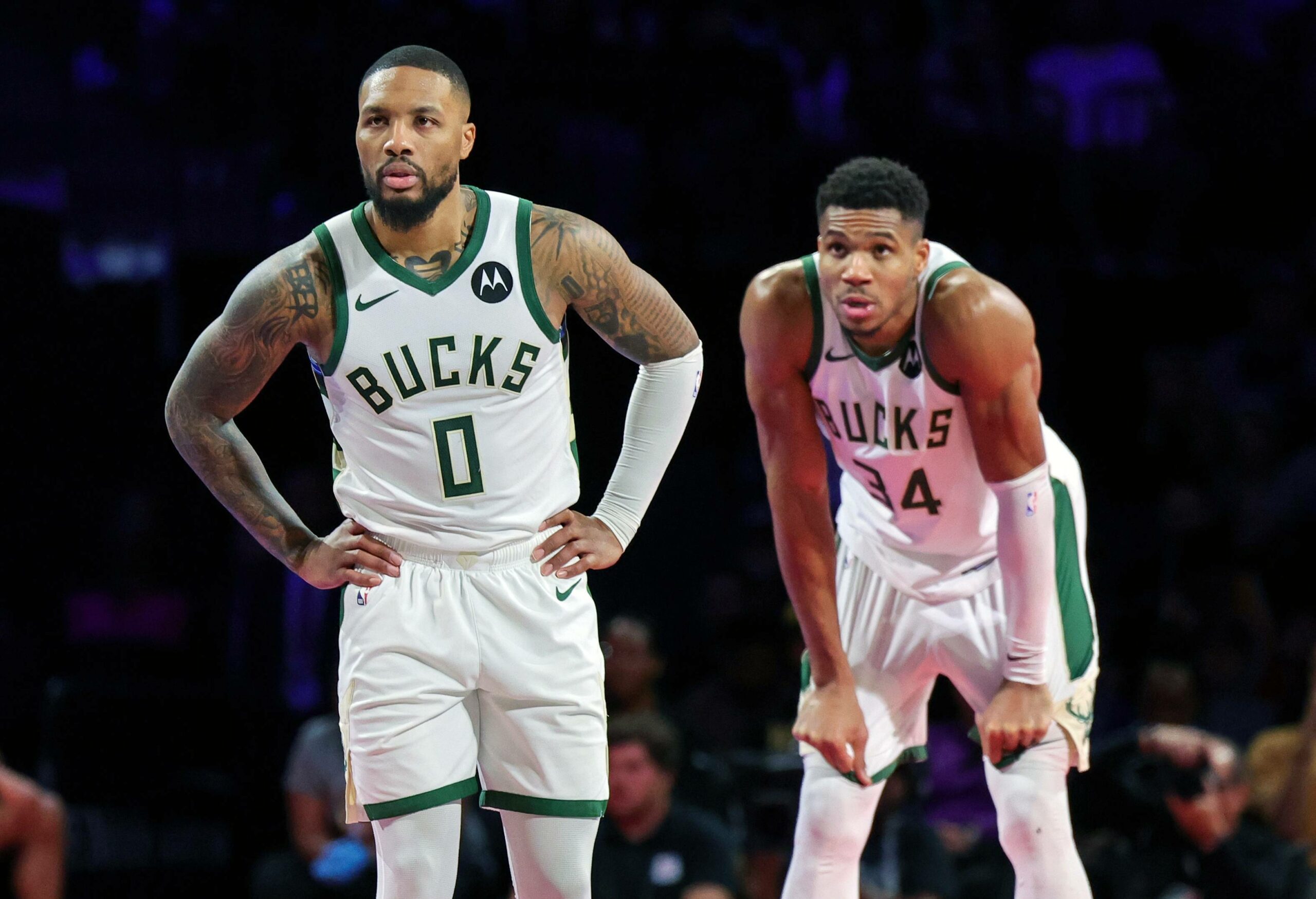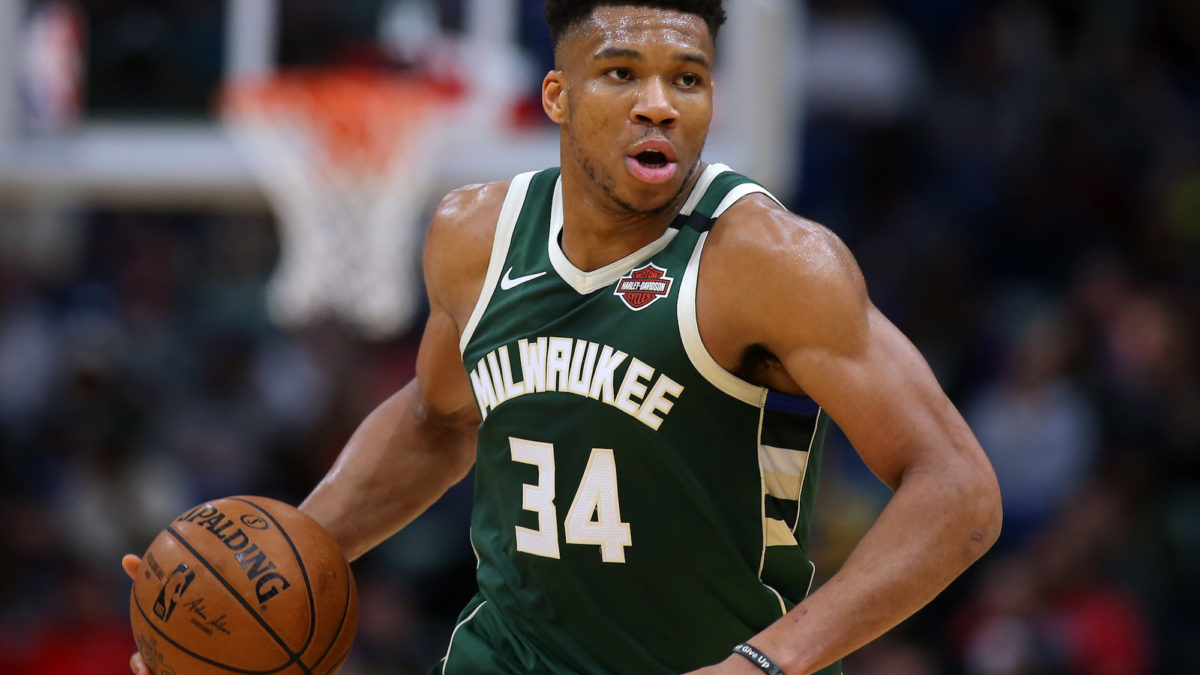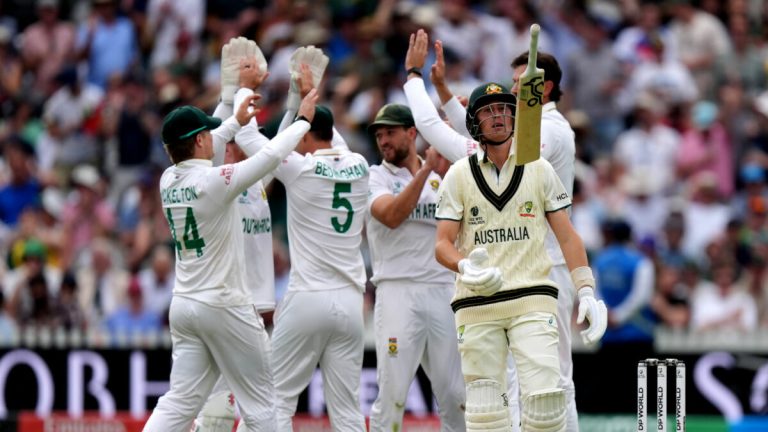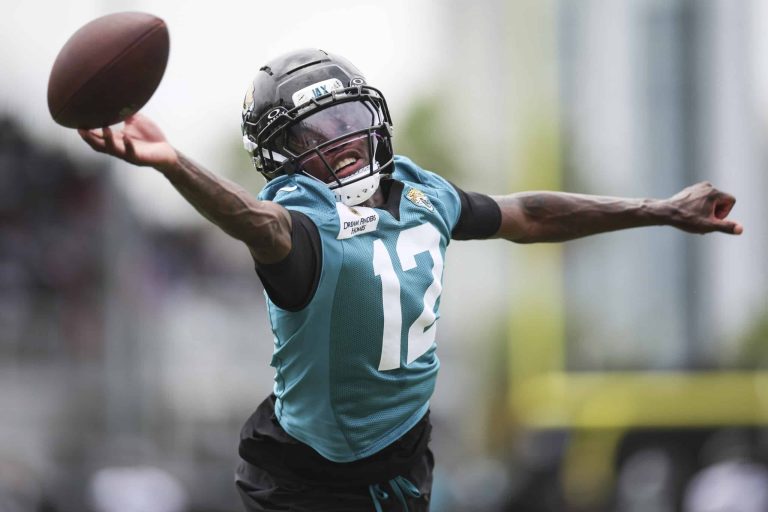Since signing a five-year max contract with the Milwaukee Bucks in 2020, Giannis Antetokounmpo has become the franchise cornerstone, leading the Bucks four years ago to their first NBA championship in decades.
However, in recent seasons, the Bucks’ performance have fluctuated, culminating in a disappointing first-round exit in the recent playoffs, combined with coaching changes and an aging core, making his future a hot topic of speculation.
At the end of 2023, Giannis stated in an interview: “If I believe a certain place can help me win more championships, I would consider it.”
This statement sparked widespread speculation about his potential departure. The Brooklyn Nets, despite being in a rebuilding phase, hold numerous first-round draft picks and have promising young players like Cam Johnson, Cam Thomas, and Nic Claxton, making them one of the few realistic destinations for Giannis.
When Giannis signed his max contract in 2020, the Bucks had a relatively complete roster with championship potential.
However, several core players are ageing, and roster improvements have become more difficult. The 2025 early playoff exit and coaching changes have affected team chemistry and competitiveness. Additionally, Brook Lopez’s health and contract status add uncertainty to the future.
These factors raise questions about Giannis’ long-term commitment, especially since he has openly expressed a willingness to consider environments better suited for winning championships.
The Nets are clearly in a rebuilding and transformation stage. Though lacking immediate championship-level talent, the organisation has been aggressively accumulating future assets, including multiple first-round draft picks and salary cap flexibility.
According to recent data, the Nets hold at least five first-round picks over the next three years, critical assets for reshaping the roster and acquiring young talent. In terms of salary cap, Brooklyn have enough available space to accommodate Giannis’s max contract while leaving room to sign key supporting players.
Brooklyn’s location in New York City offers unmatched market exposure and business opportunities. While New York state taxes are generally high, Brooklyn’s local taxes are relatively lower compared to other NYC boroughs.
Moreover, for elite NBA stars like Giannis, endorsement and commercial opportunities in New York often offset tax burdens, making the financial package attractive overall.

Damian Lillard and Giannis Antetokounmpo. (Photo by Ethan Miller/Getty Images)
Young players such as Cam Thomas and Nic Claxton have shown promising development. Adding Giannis to this young core would inject considerable momentum, potentially accelerating the Nets’ return to playoff contention and championship viability.
Giannis still has two years remaining on his contract at a max salary level. For the Nets to facilitate a trade, salary matching and asset exchange must align.
Brooklyn’s multiple first-round picks and young core players provide valuable trade chips, but the Bucks will need to weigh up whether parting with young assets is worth exchanging their current star player for long-term gains.
From a tactical standpoint, Giannis would bring elite rim protection, inside scoring, and versatile defense to the Nets. Players like Cam Johnson and Thomas can space the floor, while Claxton’s defensive presence would shore up the interior. However, Brooklyn still needs to strengthen its point guard position and add consistent shooters to maximize Giannis’s impact.
From a personal development perspective, Brooklyn offers Giannis the chance to be the undisputed franchise leader, with the team’s strategy built entirely around him — an enticing proposition for a star seeking to maintain dominance in the later stages of his career.
Giannis has publicly stated that winning remains his top priority. The Nets’ wealth of draft assets and salary flexibility mean the franchise could aggressively build around him, potentially allowing Giannis to lead the creation of a new dynasty.
His potential move would shake up the Eastern Conference balance of power. The Bucks have been a perennial contender, and any core changes would significantly alter league dynamics.
If Brooklyn acquire Giannis, they would leap from a rebuilding phase to a legitimate Eastern Conference powerhouse, challenging the Boston Celtics and Indiana for supremacy.
This could trigger a ripple effect, prompting other Eastern Conference teams to bolster their rosters, escalating competition. This scenario exemplifies how modern NBA superstars are pivotal in shaping league power structures – active architects rather than passive participants.
Although Giannis remains under contract with the Bucks, his long-term intentions are unclear, and his desire to compete for championships keeps trade speculation alive.
The Brooklyn Nets, with their large market appeal, rich asset base, and salary flexibility, present a compelling option worth Giannis’s consideration.
In the coming seasons, as free agency and team decisions unfold, this storyline will remain a major NBA focus. Regardless of the outcome, it highlights the growing influence of NBA superstars in shaping the league’s competitive landscape – a development that fans and analysts should watch closely.







